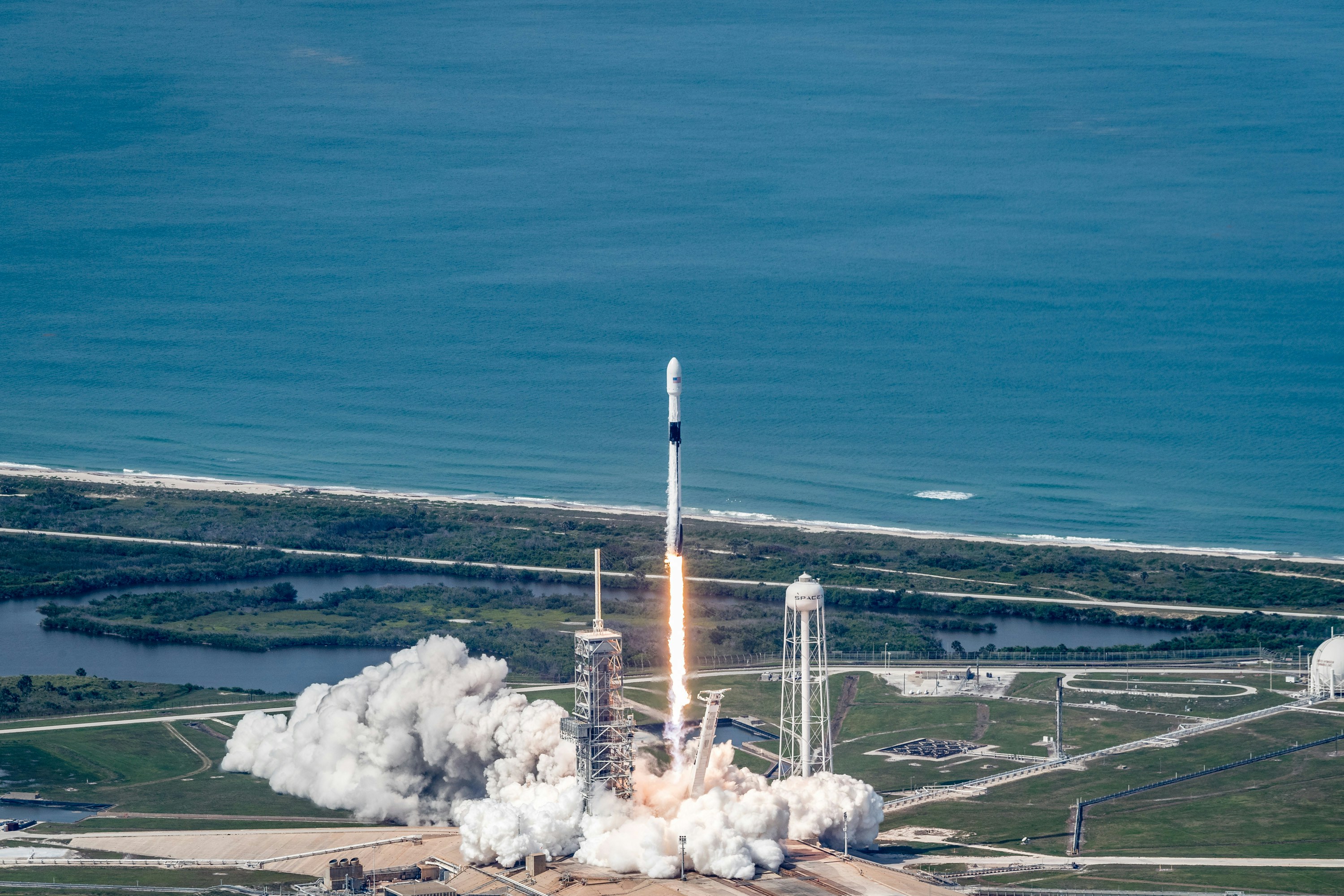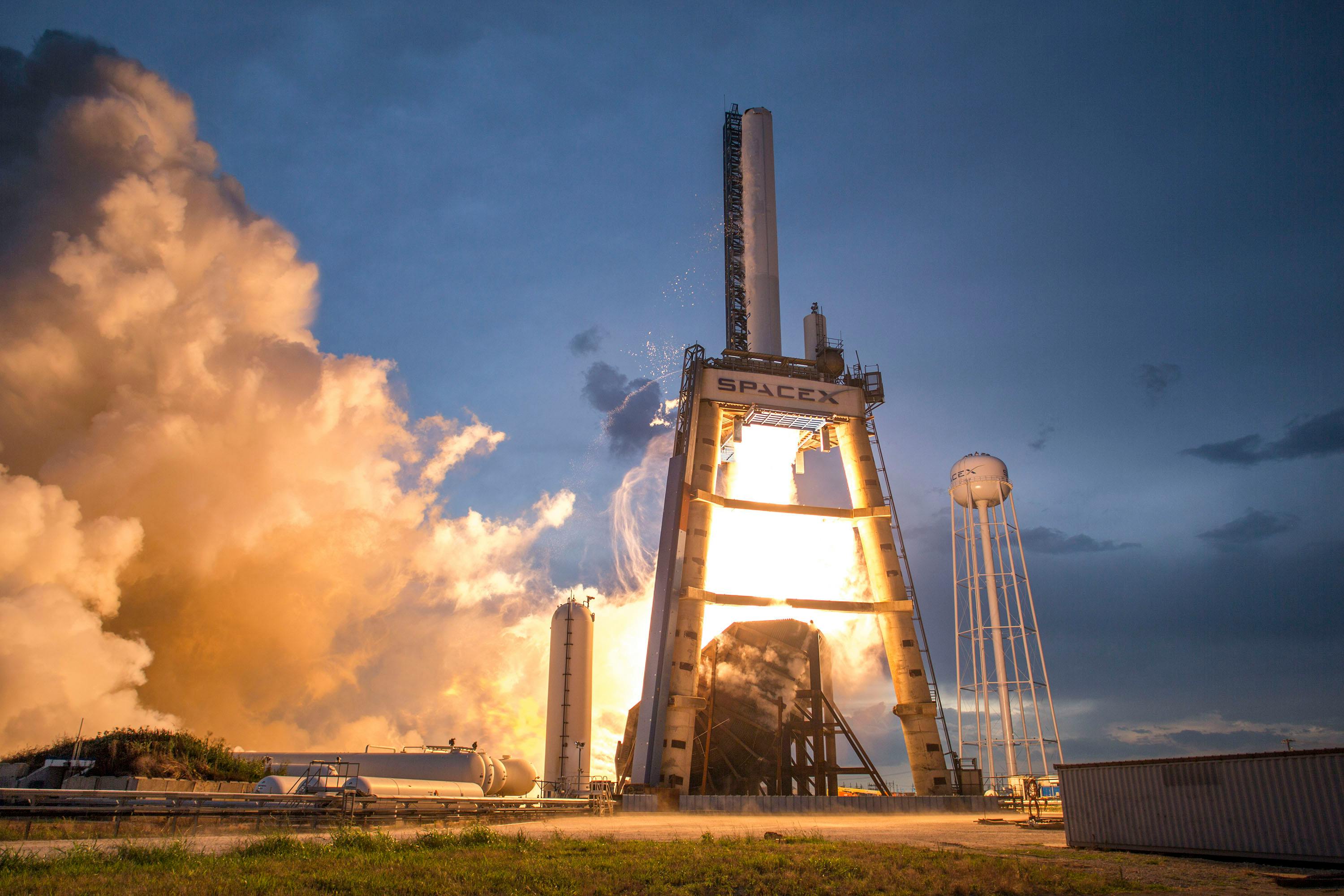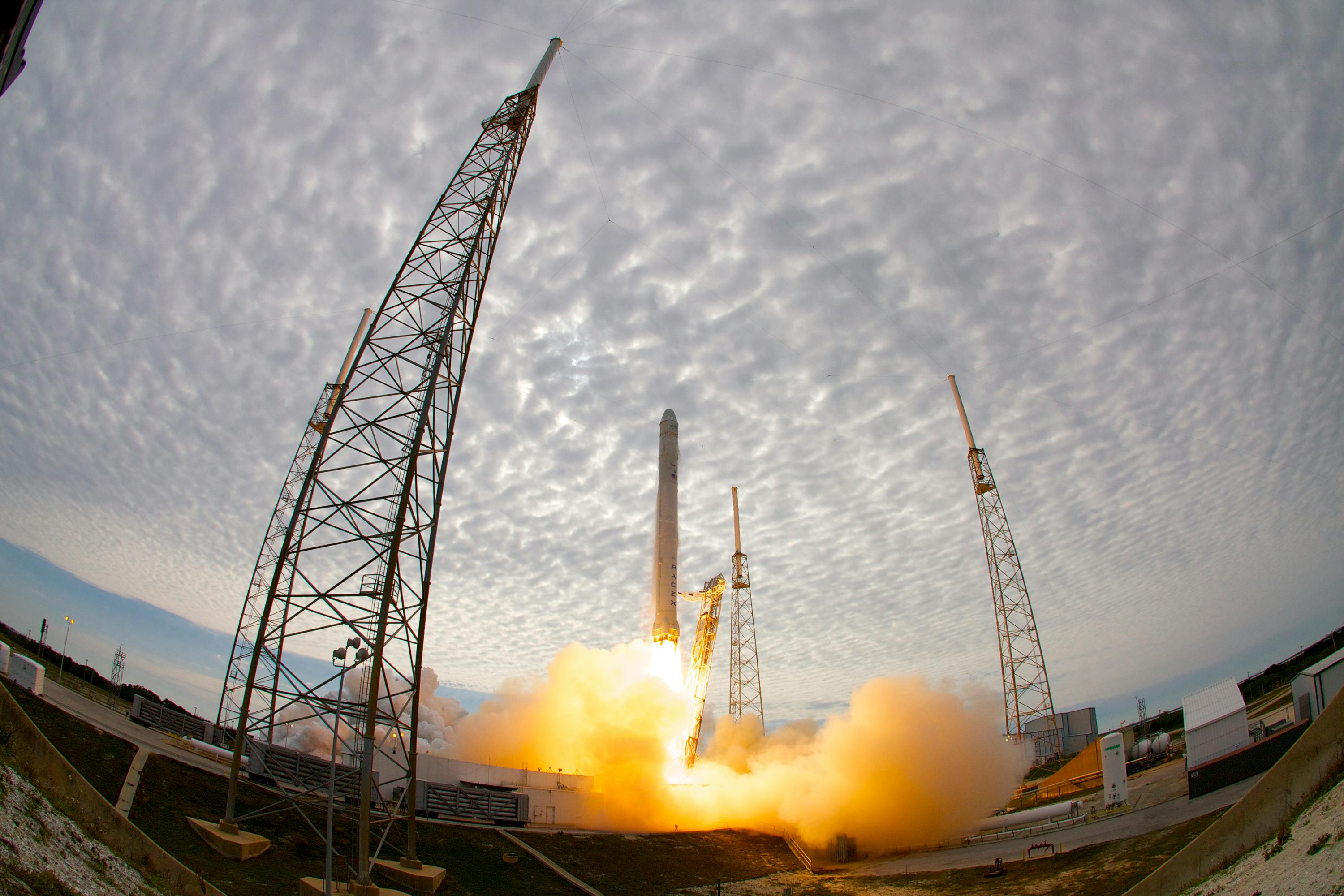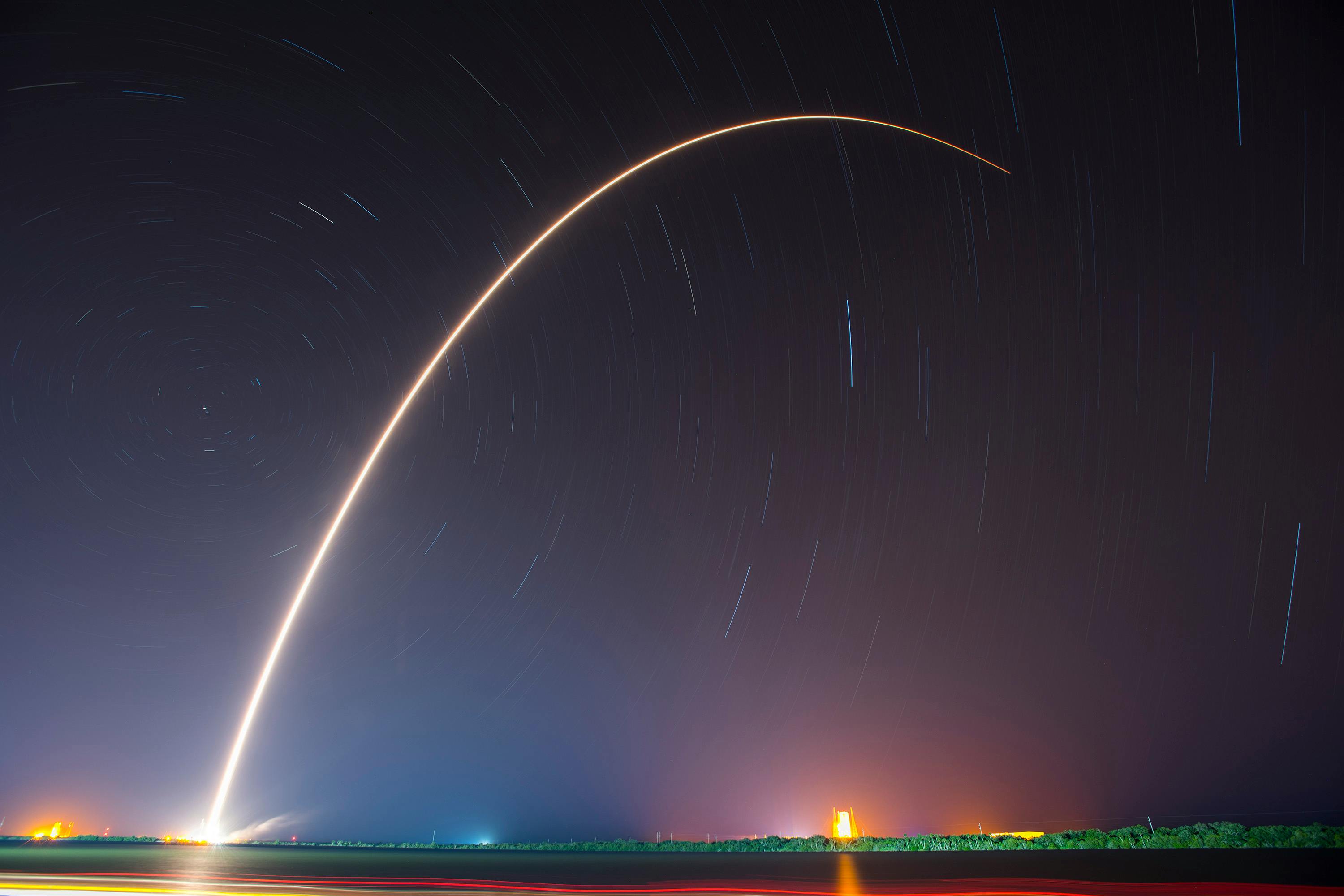· space brief · 4 min read
Space Brief 15 Dec 2024
Anticipated NISAR launch now scheduled for March 2025; Rivada persists in broadband constellation quest despite setbacks; SpaceX scrubbed RRT-1 launch holds mystery.
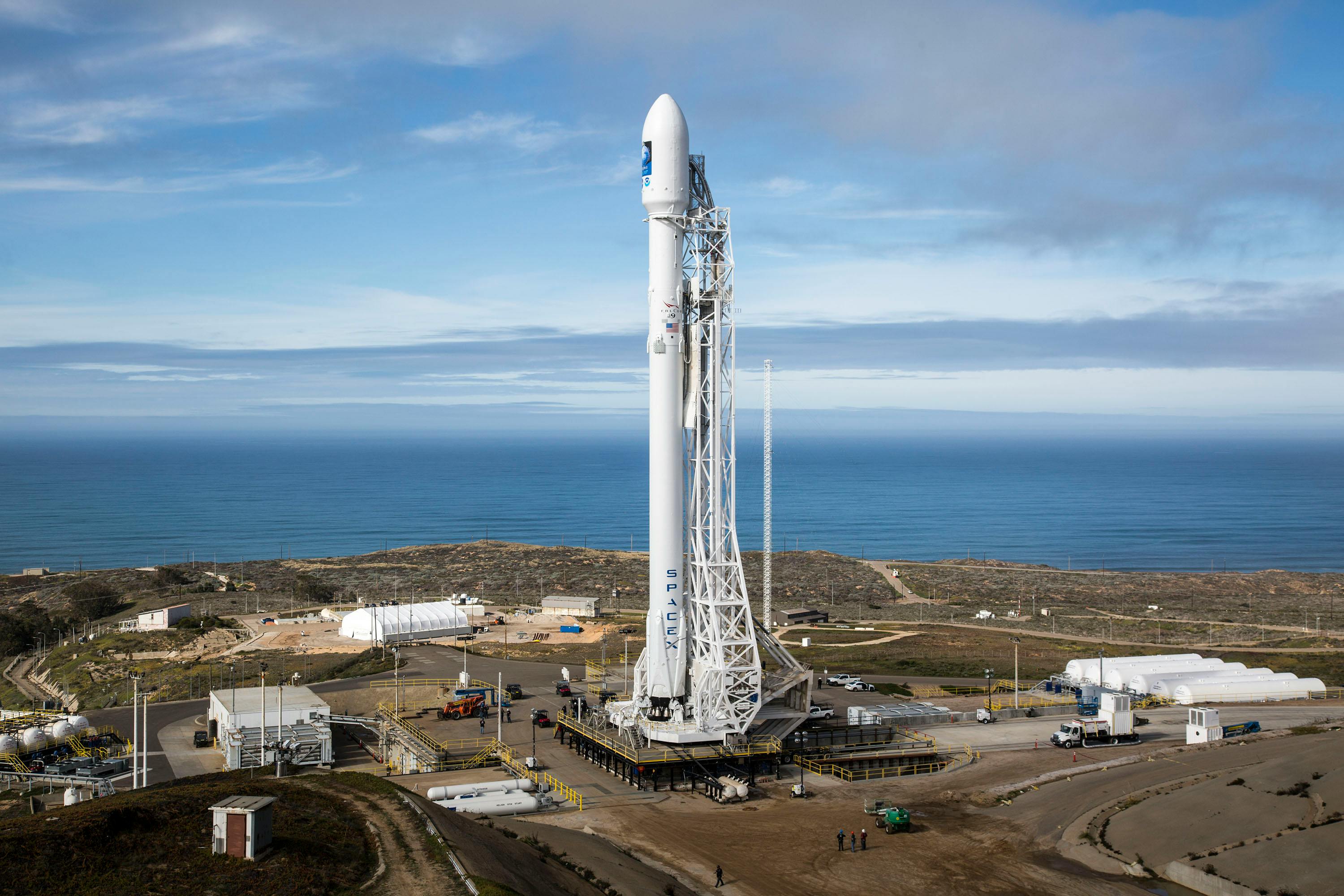
📄Top Stories
SpaceX has unexpectedly scrubbed its RRT-1 launch from Cape Canaveral with no confirmed payload details. Meanwhile, the NISAR satellite, a joint mission between NASA and India, is now slated for launch in March 2025 following essential antenna repairs. Rivada Space Networks stays optimistic about reviving its broadband constellation plans after regulatory challenges.
📰Detailed Coverage
NISAR Launch Scheduled for March 2025
The NASA and Indian Space Research Organisation’s (ISRO) NISAR satellite, set to advance Earth science, is now aiming for a March 2025 launch after experiencing delays for radar antenna repairs. This mission will significantly enhance ecological and hydrological studies worldwide by delivering high-resolution, novel data.
NISAR’s technical advancements make it an exciting topic for satellite enthusiasts, with capabilities that will improve Earth’s surface monitoring. This aligns with our web app’s mission to provide precise tracking data for such impactful satellites.
Read the full story: SpaceNews
Rivada Remains Undeterred by Spectrum License Setback
Rivada Space Networks is determined to secure the spectrum rights necessary for its ambitious plan to deploy nearly 600 broadband satellites. This comes after a regulatory challenge saw Liechtenstein’s telecom regulator revoke their license, a key component for utilizing the Ka-band spectrum effectively.
Despite this complication, Rivada’s commitment to overcoming this hurdle reflects the dynamic nature of the space industry’s regulatory environment. This case highlights the intricate intersection of technological ambition and international regulatory frameworks.
Read the full story: SpaceNews
SpaceX Postpones Mysterious RRT-1 Launch
SpaceX’s much-anticipated RRT-1 launch was unexpectedly scrubbed at the Cape Canaveral Space Force Station, with no official confirmation of the payload or spacecraft manufacturer. Originally scheduled for 8:05 p.m. EST, the mission was called off at the last moment, leaving space watchers guessing about future schedules.
Such last-minute scrubs underscore the complexities and uncertainties inherent in space missions, where technical readiness and safety are paramount. While the specifics remain under wraps, this event draws attention to the importance of real-time tracking of launch activities and payloads.
Read the full story: SpaceFlight Now
🛰️Satellite Spotlight
- Satellite Name: Ekvador-UTE-YuZGU
- NORAD ID: 42832
- Launch Date: 2017
- Mission: Currently unspecified, part of 1U cubesat deployment
- Orbit: Inclination 97.3776°, Period 95.94 minutes, Eccentricity nearly circular
- Operator: YUZGU/UTE
- Fun Fact: A project with international collaboration, this satellite originated in Russia and supports educational research in Earth observation.
Current TLE Data:
1 42832U 17042H 24338.73337437 .00008974 00000-0 70674-3 0 99995
2 42832 97.3776 152.3703 0014820 215.3034 144.7210 15.00925178402658Track this satellite in real-time on our web app: Track Ekvador-UTE-YuZGU
🚀Upcoming Space Launches
December 16
- SpaceX Falcon 9 Block 5:
- GPS III SV10 from Cape Canaveral Space Launch Complex 40 (00:54 UTC) GPS-IIIA is the first evolution stage of the third generation of the GPS satellites.
- China Aerospace Science and Technology Corporation Long March 5B/YZ-2:
- SatNet LEO Group 01 from Wenchang Space Launch Site, People’s Republic of China (10:00-12:14 UTC) A batch of Low Earth Orbit communication satellites for the Chinese state-owned SatNet constellation.
- China Aerospace Science and Technology Corporation Long March 2D:
- Unknown Payload from Taiyuan Satellite Launch Center, People’s Republic of China (18:42-19:10 UTC) Possibly launching PIESAT-2 05-08; details TBD.
December 17
- SpaceX Falcon 9 Block 5:
- NROL-149 from Vandenberg Space Launch Complex 4E (09:20-13:50 UTC) Sixth batch of satellites for a reconnaissance satellite constellation for the National Reconnaissance Office.
- Rocket Lab Electron:
- Owl The Way Up (StriX Launch 6) from Rocket Lab Launch Complex 1, Mahia Peninsula, New Zealand (14:00-15:15 UTC) Synthetic aperture radar satellites for Synspective.
- SpaceX Falcon 9 Block 5:
- O3b mPower 7 & 8 from Kennedy Space Center Launch Complex 39A (20:58-22:18 UTC) Seventh and eighth high-throughput communications satellites for SES.
December 18
- SpaceX Falcon 9 Block 5:
- 4x Astranis MicroGEO from Cape Canaveral Space Launch Complex 40 (03:38-07:57 UTC) Four communications satellites inserted in a custom geostationary orbit.
December 19
- Galactic Energy Ceres-1S:
- Unknown Payload from Sea Launch, Haiyang Spaceport (10:07-10:36 UTC) Details TBD.
December 20
- SpaceX Falcon 9 Block 5:
- Bandwagon 2 (Dedicated Mid-Inclination Rideshare) from Vandenberg Space Launch Complex 4E (11:53-12:33 UTC) Dedicated rideshare flight with numerous small satellites, including payloads for the South Korean government’s 425 Project.
December 21
- SpaceX Falcon 9 Block 5:
- Thuraya 4-NGS from Cape Canaveral Space Launch Complex 40 (01:26-05:53 UTC) A communication satellite with advanced routing flexibility built for Yahsat.
Note: Launch dates and times are subject to change due to technical or weather considerations.

Maurice Stellarski


